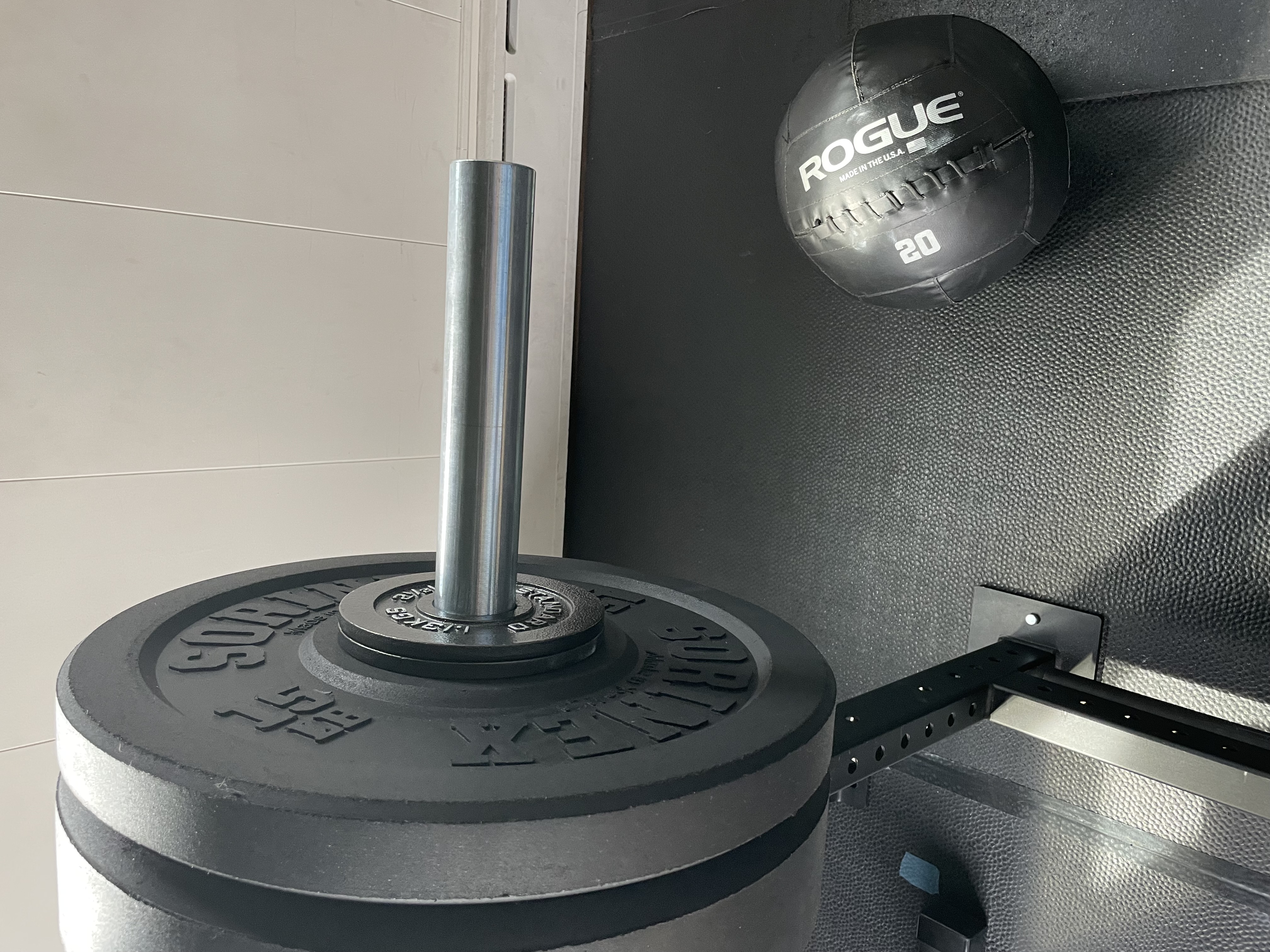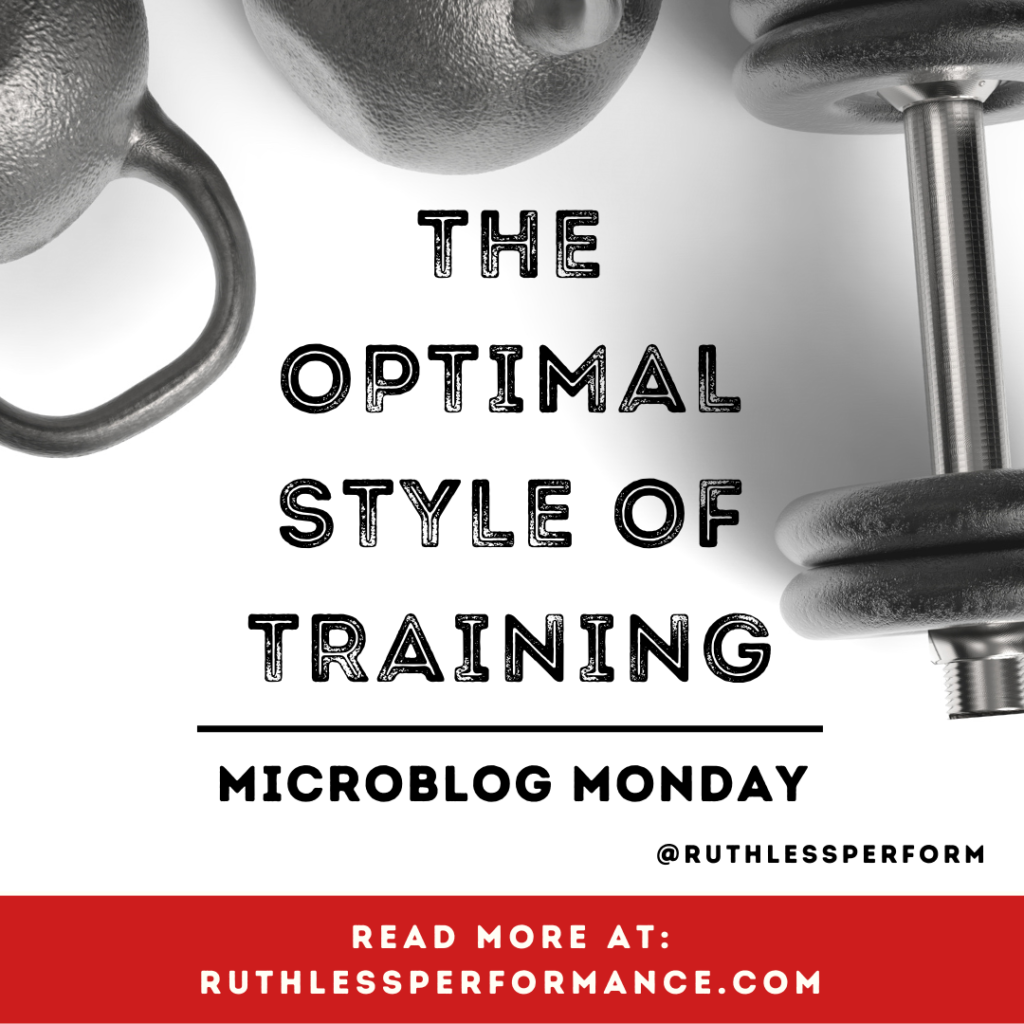A question I am often asked by inquisitive coaches, clients, parents, athletes, and even friends curious about fitness is “What are your workouts like?” There are a few variations of this.
Many are curious what types of training methodologies we use; they’ll ask “Are you using bodyweight or kettlebells or bands or what?”
And my answer is usually hardly concise. Sure we’ll use bodyweight training, being able to master the movement of your body through space is a core component of athletic success. You bet we use kettlebells, kettlebells train up muscles and movement patterns in such a unique and comprehensive way that we’d be dumb not to use kettlebells. And the answer goes on with bands, barbells, machines, dumbbells, and more.
Ultimately what we want is the best tool for the individual set of circumstances. For instance, we’re not going to dogmatically train “bodyweight only” because unless you have access to a rock wall and monkey bars, you aren’t coming close to stimulating your whole body with bodyweight-only training.

All of these modalities, be it kettlebells or dumbbells, barbells or ellipticals for that matter, are all just tools that we can use to elicit a response from the human body to create a desirable outcome (i.e. your fitness goals). And the more we think in terms of building out a program based on just “bodyweight only” or “a single kettlebell workout” the more we are placing artificial constraints on the variety of ways in which we can build out a highly customized program for each individuals’ unique situation.
How well can you paint a picture if you only have one type of brush and one type of paint?
Paradoxically what you may need might not be what you think it is, which is often why we are able to help athletes advance so far beyond what they could ever hope to achieve with just their sport-specific practices.
Runners usually get enough cardio, adding more running to a runner’s routine isn’t our most efficient use of time. A runner is more likely to need compound lifts on a loose interval to maximize strength and minimize muscular imbalance.
In contrast we may have a powerlifter doing more cardio to open up their restricted airways to improve sleep quality so that they are better able to recover from their barbell training.
Flexible athletes like swimmers and gymnasts likely don’t need even more flexibility training and are often better served by building up their ability to stabilize their joints under various positions.
Fat loss clients often need more weight training than they may think in order to increase their metabolism to burn fat for the remainder of their day outside of the gym.
Ballistic / jumping athletes like volleyball players or basketball players may need less plyometric training and more corrective and accessory work to minimize the chance of an ACL injury and to help better transmit and absorb force from the ground.
What do we use in our programs? We use whatever works and we combine it in the most efficient and effective way possible to ensure that we are leading you towards your fitness goals. Once we know what your goals are, we’ll use the full arsenal of the science of human performance to put you where you want to be.
Just something to think about,
–John

